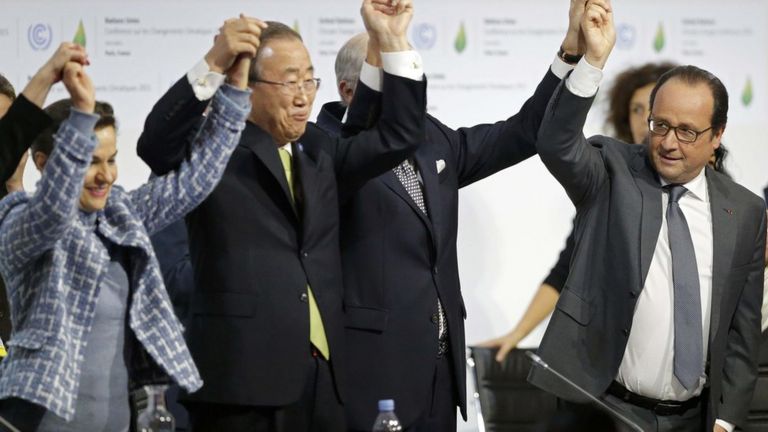
An increasingly common issue seen in alpine regions. Photo taken during my dissertation at the snout of the Findel glacier.
We are entering into an era where the rate of CO2 emissions far exceeds that of any paleo record. The issue with this is that the rate and intensity of the climate feedbacks may have further drastic impacts including sea level rise, population displacement, and loss of cultural heritage to name a few. I believe it is now up to us to try and save the melting world. Yes we are in a current interglacial, so naturally the ice will melt, but not at the rates we are seeing today. Lets try and preserve these landscapes for as long as possible before the picture above becomes far too regular. Ways on how to slow this down? well I believe for most of the alpine glaciers it is too late. If we want to save what remains, including the Greenland and Antarctic ice sheets, we need to stop the current rate of emissions now, with potential for further geoengineering, yet further investigation is still needed before we engineer our planet any further than we currently have.
So I leave you with the photo below, what I believe really sums up the current state of glacial environments, beautiful, unstable and retreating. Hopefully future generations will get to experience the same as what I luckily have!

The current retreating snout of the Findel Glacier, taken during my dissertation in the Swiss Alps.




